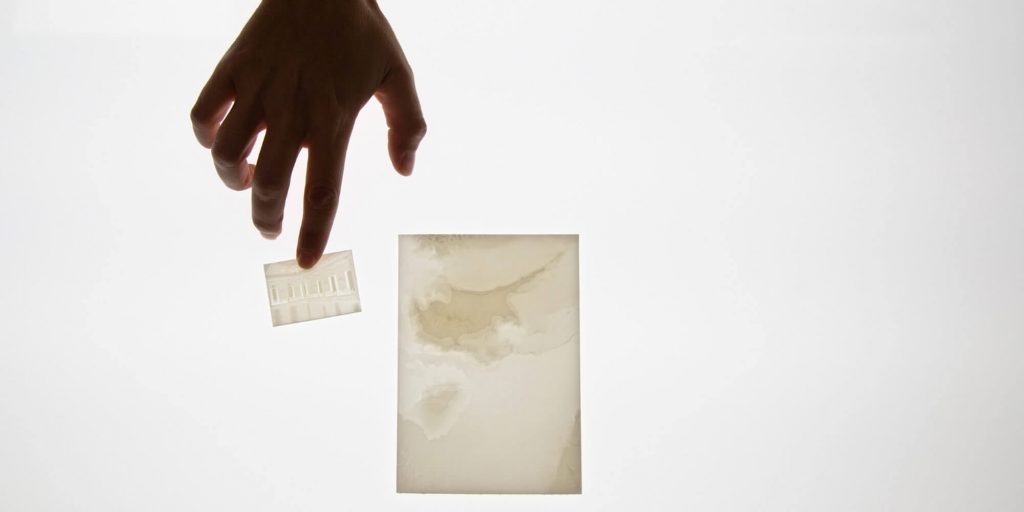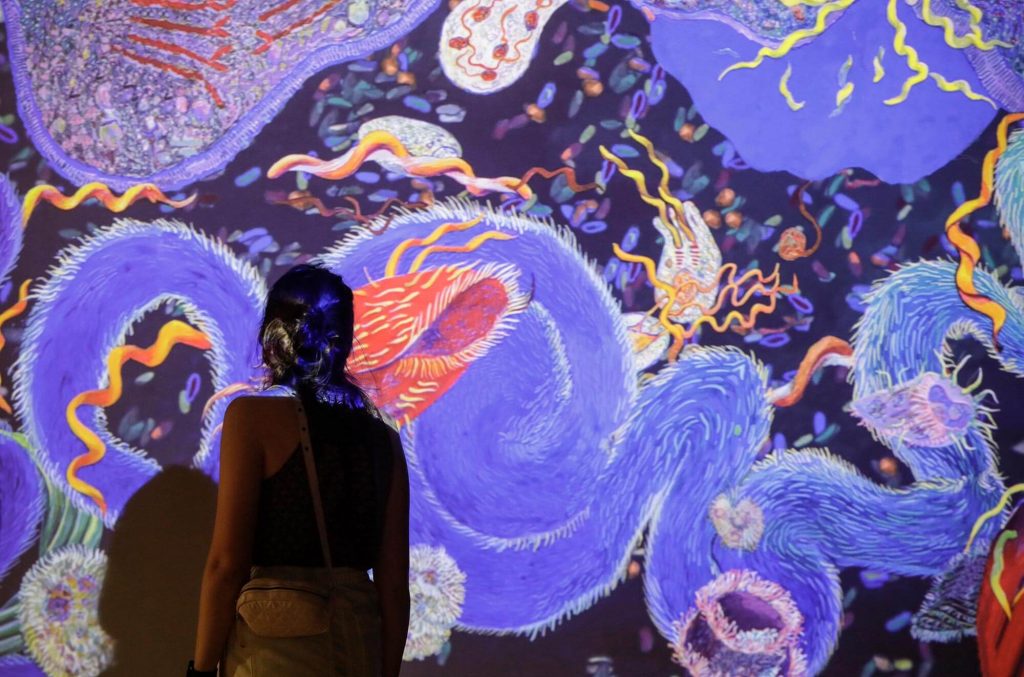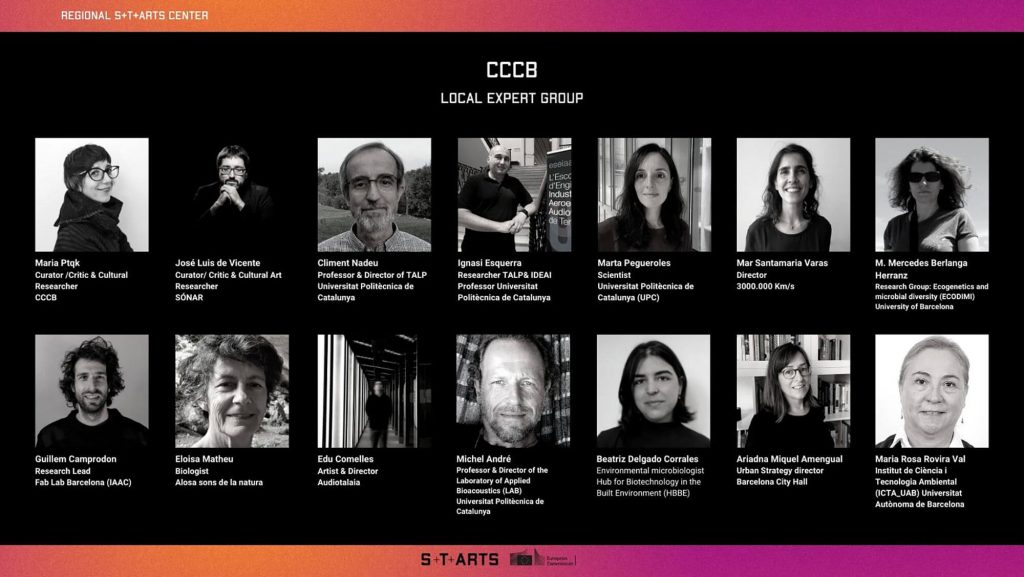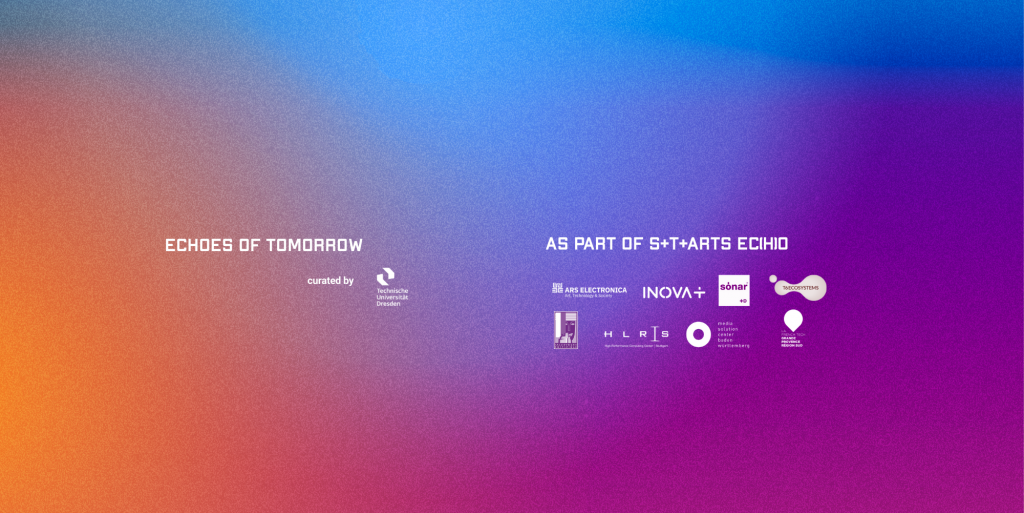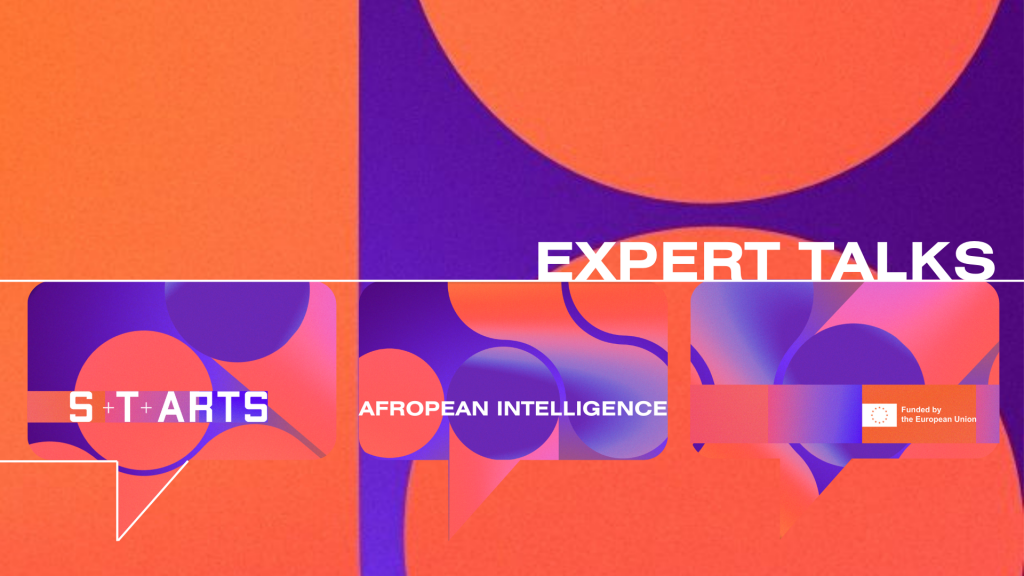S+T+ARTS Regional Centers | Repairing the Present
Microorganism Cities | Challenge nº8
How might we integrate microorganisms to design more sustainable cities?
Consortium Partner: CCCB
EU Green Deal:GD6 Preserving and protecting biodiversity
Problem Statement
Microorganisms are key ecological actors. They play a significant role in the sustainability of ecosystems and the health of all organisms, human and non-human. But despite that, they are often disregarded or deliberately removed in the design of our cities. How can we invite microbiota back into urban design?
Keywords
Urban ecology, Biodiversity, Regenerative urbanism, Microbiota, Sustainability
Challenge Context
This fellowship wants to foster our imagination around urban microbiota: What kind of alliances can lead to better ecological interactions? How can we integrate it into sustainable urban design? How might it help us increase biodiversity in the city and improve the health of its inhabitants, human and non-human?
Although microorganisms contribute to a wide variety of ecological functions – the fertility of soils, the quality of air and water, the degradation of organic waste, the decomposition of toxins or the exchange of nutrients among species – current research on the urban microbiota from an ecological perspective is still incipient, and cities continue to be built upon the consideration of microorganisms mainly as pernicious urban dwellers.
We invite artists to rethink the materiality of cities, especially Barcelona, to transform bacteria, fungal microorganisms, or other microbes into allies. From urban gardens to organic soils, street furniture, bioenergetic systems, air or bricks, almost every material component of the city offers an opportunity to rethink the role of the microorganisms involved in it. The aim is to create an artwork or a prototype that allows us to imagine such symbiotic interactions and help us to rethink our cities in a wider ecological sense.
Fellowship Characteristics: network, opportunities, and expectations
The fellowship will allow the selected artist to work with an interdisciplinary group of experts, from microbiologists to architects and urban planners, and connected partner institutions to grant his/her access to knowledge and critical assessment on the topic.
The selected artist is expected to travel to Barcelona at least 4 times during the fellowship period, from February to July 2022, to conduct field research and to attend activities and events.
The artist is expected to deliver a presentable outcome of the fellowship in the form of an artistic prototype to be presented at the CCCB and exhibited in the framework of the S+T+ARTS program.
Jury Day(s)
Jury day will be: digital
Jury day will be held on: 17th January 2022
Other Stakeholders and Partners
- Universitat Politècnica de Catalunya – BarcelonaTech (UPC), one of the European leading technical universities in engineering, architecture, sciences and technology.
- Research group Biomaterials, biomechanics and tissue engineering group (BBT) at BarcelonaTech (UPC).
- Institute of Environmental Science and Technology (ICTA-UAB): research group Sostenipra, on life cycle analysis, ecodesign, and industrial ecology.
- Barcelona City Council’s Area of Urban Ecology and Innovation.
Useful links
- Barcelona Tech UPC
- Urban Ecology Barcelona City Council
- Institute of Environmental Science and Technology (ICTA-UAB)
- Science Friction. Living Among Companion Species: Exhibition curated by Maria Ptqk at the CCCB
